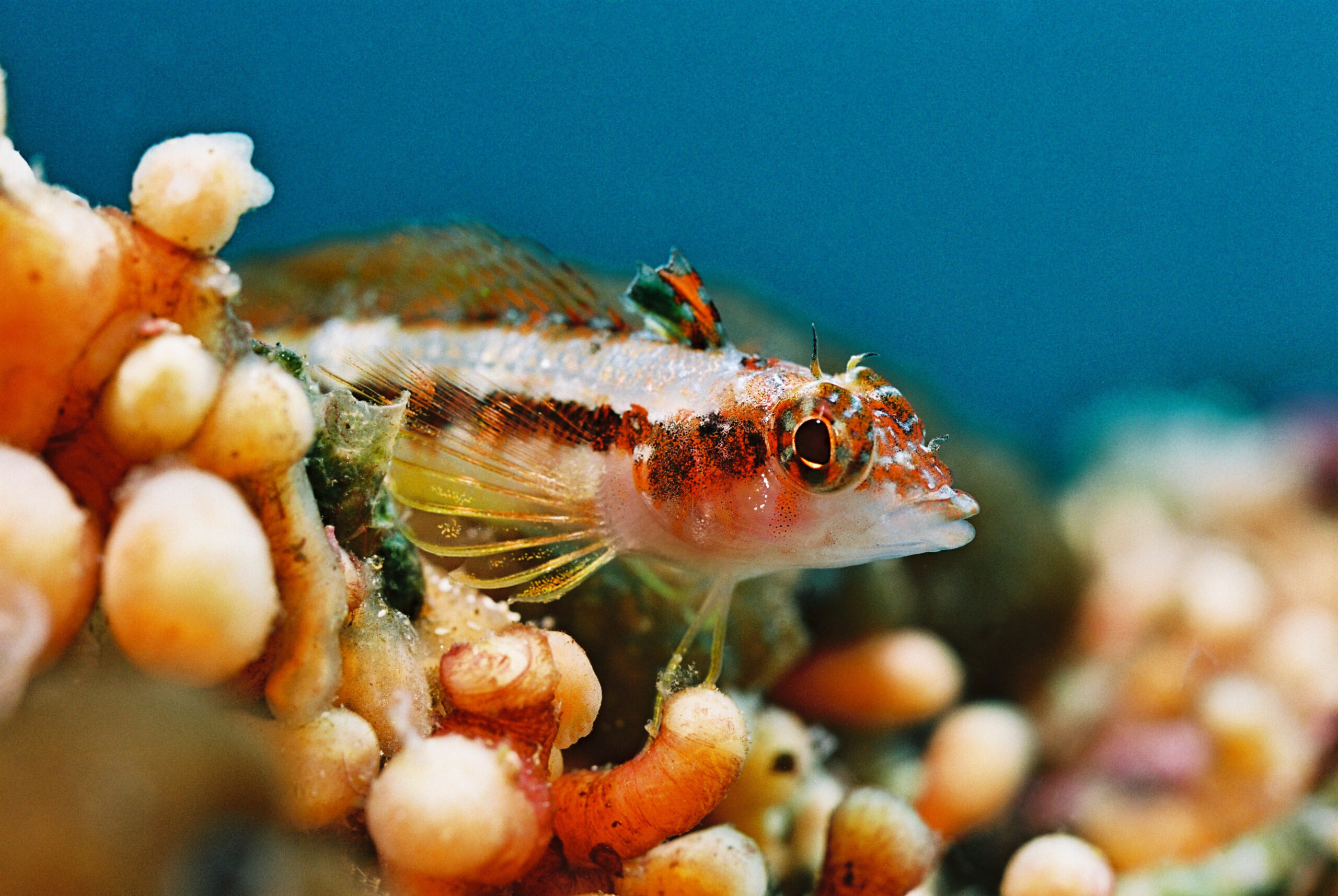While there’s no shortage of destinations around the globe which claim to be “unique”, there are few of them with as many solid qualifications as the Galapagos Islands.

1. They are remote
Located 604 miles (972 km) from the mainland, the islands are easily in the top 10 of the most remote islands on earth. A general lack of water also helped discourage people from visiting the islands – adding to their remote nature.

2. They are true oceanic islands
The islands never shared a history with a large continental land masses. Over millions and millions of years, nearly all islands in the world were once connected to a huge, central land mass (called Pangea). As Pangea fractured and became continents, smaller fragments of the earth’s crust became islands. Not so for the Galapagos Islands. These are true volcanic islands, very young in geologic time, and far too removed from the mainland for most flora/fauna (and apex predators) to make the journey. The remoteness and geographic isolation allowed the flora and fauna of the Galapagos to develop in a unique way, enabling the existence of giant tortoises, marine iguanas, flightless cormorants and a wide array of other unique and endemic species of plants and animals.

3. What’s Underwater
The islands are blessed to be at the intersection of 3 major oceanic currents, and affected by 4 more. The major currents include the Humboldt Current (cold and nutrient rich), the Panama Current (warm water enabling coral growth), and the Cromwell Current (a cold, upwelling current, particularly in the central islands). The geologic base of the islands is located approximately 3,000 feet below sea level (900 m), but the waters surrounding the archipelago are almost 4 times that depth. For marine life, the combination of currents, nutrients, and shallow oceanic water are a giant magnet for marine life.

4. Unique Marine Life
When diving in the Galapagos you will have the opportunity to see unique wildlife unfound outside of the archipelago. You are probably already aware of the sea turtles, dolphins, marine iguanas, Galapagos penguins and flightless cormorants, but might be less familiar with animals such as bull head sharks, red lipped batfish, sea horses, mola molas (sun fish), endemic salemas, whale sharks, Galapagos sharks, manta rays, eagle rays, cow rays, mobula rays and many more.
So, the formula for exceptional underwater adventure goes something like this…
Find a group of islands that are geographically remote AND have never been connected to the continents. Place them at the intersection of 7 currents and provide nutrient rich (cold) and coral sustaining (warm) water environments. Mix well. And the only place you’ll find with this formula are the unforgettable Galapagos Islands.




